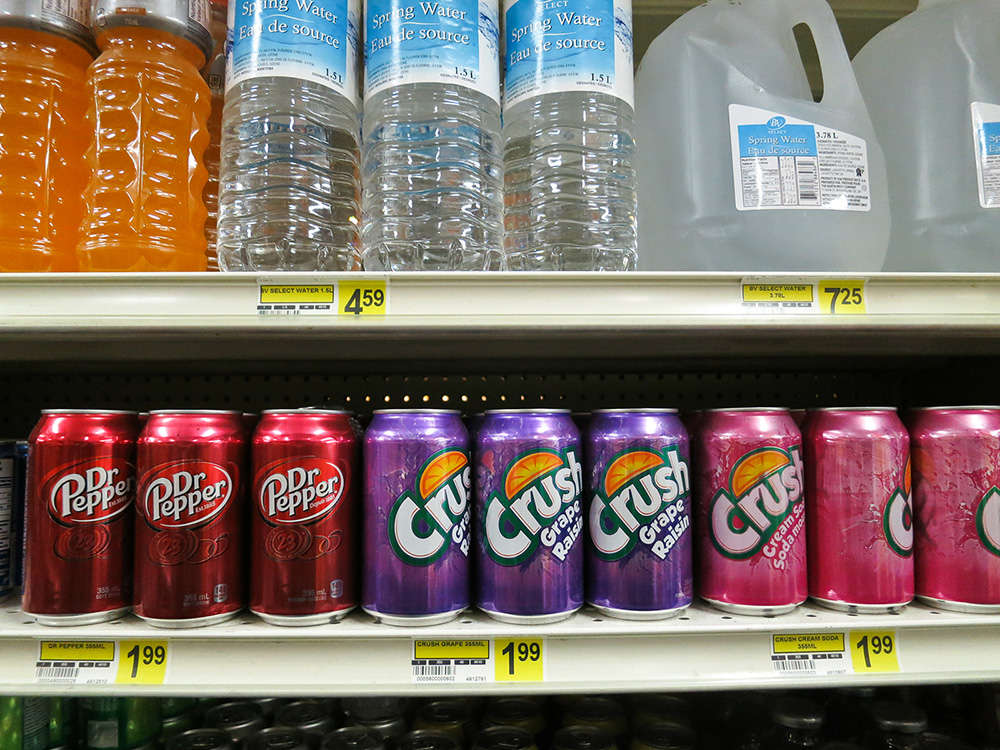When we asked Tyee readers to guide our election coverage, you asked us to focus on two of the most intractable legacies of Canada’s ongoing colonization of First Nations — the lack of access to safe water and housing on reserves.
Your question for the parties and candidates was specific.
“What would you do in the next 36 months to improve housing in and provide potable water to remote First Nations communities?”
The problem was created by successive federal governments that forced First Nations onto reserves — often far from their own territories — without infrastructure like homes and sewage and water systems.
It’s the federal government’s responsibility under the Indian Act to provide these basics. But federal neglect and underfunding have left many First Nations communities without safe drinking water or safe and suitable housing.
In 2016, almost half of First Nations on-reserve homes were in need of major repairs. Another third were overcrowded. First Nations also have among the fastest growing and youngest populations, increasing the demand for housing. The Assembly of First Nations estimates at least 130,000 new homes will be needed on reserves by 2030 (other estimates are as high as 175,000).
And currently there are 56 active long-term drinking water advisories in First Nations communities across Canada. That’s down from the 105 advisories in 2015.
We dug into the issues, including a report on the Neskantaga First Nation in northern Ontario, which has been under a boil water advisory for 24 years. That was pushed up to a “do not consume” warning last month, prompting an evacuation after residents reported a spike in headaches, rashes and stomach problems.
Jamin Mike and Christopher Cheung did an in-depth review of the First Nations water crisis, looking at how we got to this point, the current situation, possible fixes and the parties’ positions.
They found the Liberals and the NDP both pledged to ensure all reserve drinking-water advisories are lifted by March 2021. The Conservatives and the Greens have also pledged to address the issue, though they did not provide specific details or timelines.
Some experts say the housing and water crisis needs to be seen as part of a broader government failure to recognize the rights of Indigenous people.
The last federal election campaign began on the heels of the release of the 94 Calls to Action from the Truth and Reconciliation Commission. Liberal Leader Justin Trudeau promised a new nation-to-nation relationship with Indigenous peoples and said a Liberal government would implement all 94 Calls to Action.
Four years later, only 10 of those calls to actions have been fully implemented, wrote Tom McMahon in The Tyee. There has been no progress on more than a quarter of the calls to action.
The Liberal government also launched Canada’s first National Housing Strategy in 2017, which all but ignored Indigenous housing issues. Then-housing minister Jean-Yves Duclos promised housing strategies for First Nations, Inuit and Metis housing, on and off reserves. We’re still waiting. Former Liberal MP Adam Vaughan has promised an Indigenous housing strategy is coming, but it’s not in the Liberal platform. Only the NDP is promising separate First Nations, Inuit and Metis housing strategies.
The NDP, Liberals, and Greens have all promised to finish implementation of the commission’s 94 Calls to Action and adopt the UN Declaration on the Rights of Indigenous People.
The Conservatives and the People’s Party of Canada have said they would not implement the UN Declaration. They both suggest a free-market solution to the reserve housing crisis, including an exploration of private home ownership on reserves.
The Conservatives have promised this before. A $300-million program that was supposed to result in 25,000 new privately-owned First Nations homes was launched in 2008. By 2015, only 99 houses had been built.
First Nations say they are the best ones to solve the crisis.
But it will require federal dollars and a willingness to move to a true nation-to-nation relationship. ![]()
Read more: Election 2019, Indigenous

















Tyee Commenting Guidelines
Comments that violate guidelines risk being deleted, and violations may result in a temporary or permanent user ban. Maintain the spirit of good conversation to stay in the discussion.
*Please note The Tyee is not a forum for spreading misinformation about COVID-19, denying its existence or minimizing its risk to public health.
Do:
Do not: